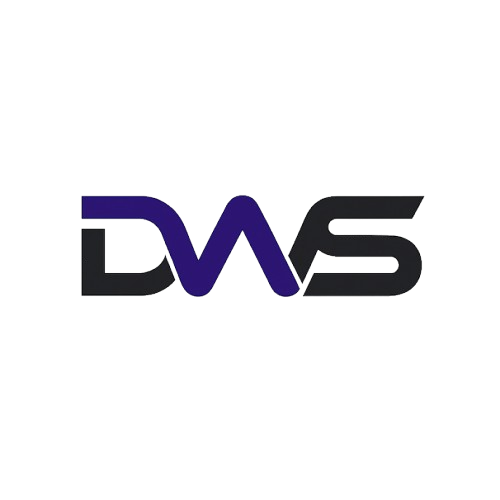The Website Development Life Cycle: What All Clients Need to Know
If you’re debuting a shiny new website or overhauling an old one, knowing the Website Development
Life Cycle is crucial to a smooth project. All too often, companies jump in without a real idea of
what goes on in the background—resulting in confusion, holdups, and lost opportunities.
This book is here to remedy that.
We’ll guide you through each step of the website development process—so you’ll know what to do,
when to provide feedback, and how to achieve optimal results.
1. Discovery & Strategy: Foundation Building
What goes on here:
– Learning about your business objectives, target audience, and brand
– Competitor research
– Defining website goals (lead generation, e-commerce, portfolio, etc.)
Selecting the appropriate platform (such as Webflow, WordPress, Shopify, etc.)
What you should know:
This is your time to open up and tell us about your vision, target audience, and everything you need on
the site. The more information you give us, the stronger the strategy we can create.
2. Planning & Structure: Blueprinting Success
What occurs here:
– Creation of site map (what pages you’ll require)
– Planning user journey
– Wireframes or low-fidelity mockups
What you need to know:
Consider this the “architectural sketch” of your site. It’s not about design or color yet—it’s about
structure, flow, and navigation by your users.
3. Design Phase: Making It Real
What occurs here:
– Visual design based on your brand (colors, typography, imagery)
– Custom UI and graphics design
– Responsive previews for desktop, tablet, and mobile
What you need to know:
This is where you’ll begin to see your site come alive! Provide feedback early—particularly on design,
style, and usability.
4. Development: Bringing Design to Life
What goes on here:
– Translating designs into a functional website (HTML, CSS, JS, or no-code solutions like Webflow)
– Creating functionality (forms, CMS, e-commerce, etc.)
– Testing on browsers and devices
What you need to know:
At this stage, things get more complicated, so it’s better to complete all
designs prior to development beginning. Trust your developer—they’re turning the
blueprints into reality.
5. Content Integration: Words Matter
What happens here:
– Adding your copy, images, videos, and products
– SEO optimization (headers, alt tags, meta descriptions)
What you need to know:
Good design without content is like a car without gas. Give high-quality, on-brand content—or hire a
copywriter who knows your voice and objectives.
6. Testing & Launch: The Big Moment
What goes on here:
– Final review and quality checks
– Speed & performance testing
– Domain setup and site launch
What you need to know:
Before launch, you’ll have an opportunity to test the site yourself. This is your final review—
so ensure everything feels right!
7. Post-Launch Support: Keeping It Fresh
What goes on here:
– Regular maintenance, backups, and updates
– Analytics tracking and performance reports
– Optional: marketing and conversion optimization
What to know:
A website is not a “set it and forget it” endeavor. Routine updates and performance checks keep your
site protected and profitable in the long run.
Final Thoughts: A Smooth Website Journey Starts With Understanding
The more you learn about the life cycle of web development, the more equipped you’ll be to work
together, make informed decisions, and obtain a site that drives tangible results.
The end goal isn’t merely a website—it’s an online solution that builds your business.
Ready to Build Your Website Right?
Starting fresh or requiring a redesign, we walk you through each step—strategy, design, development,
and more.
Feel free to connect!
https://dwsnextgen.com/





